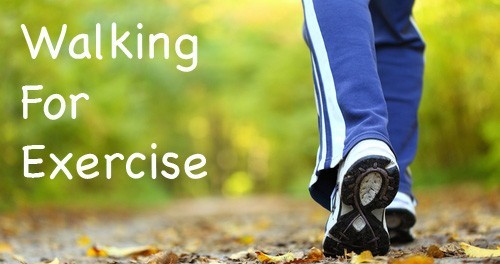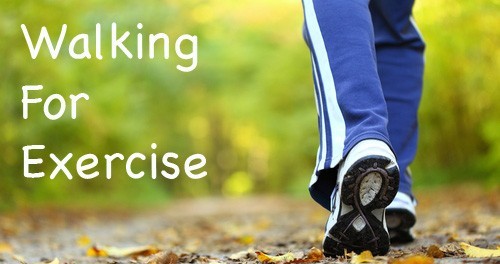Walk Talk Series
Day 27 – Red Line Zone and Weight loss Plateau
Getting past a weight-loss plateau
If your weight loss has stalled, don’t revert back to your old bad habits. Hitting a plateau is a common occurrence, but you need to realize that it isn’t all about the weight. You might be experiencing positive physiologic changes that may not be evident just by looking at a scale. 
Before you get too discouraged, you should know that it’s normal for weight loss to slow and even stall. By understanding what causes a weight-loss plateau, you can decide how to respond and avoid backsliding on your healthy-eating and exercise habits.
A weight-loss plateau occurs when you no longer lose weight despite continuing with your exercise and healthy-eating habits. Being stuck at a weight-loss plateau eventually happens to everyone who is trying to lose weight.
What causes a weight-loss plateau?
The progression from initial weight loss to a weight-loss plateau follows a typical pattern. During the first few weeks of losing weight, a rapid drop is normal. In part this is because when calories from food are reduced, the body gets needed energy by releasing its stores of glycogen, a type of carbohydrate found in the muscles and liver. Glycogen holds on to water, so when glycogen is burned for energy, it also releases water, resulting in substantial weight loss that’s mostly water.
A plateau occurs because your metabolism — the process of burning calories for energy — slows as you lose muscle. You burn fewer calories than you did at your heavier weight even doing the same activities. Your weight-loss efforts result in a new equilibrium with your now slower metabolism.
At this new equilibrium, calories eaten equals calories expended. This means that to lose more weight, you need to increase activity or decrease the calories you eat. Using the same approach that worked initially may maintain your weight loss, but it won’t lead to more weight loss.
You can overcome a weight-loss plateau
If you’re at a plateau, you may have lost all of the weight you will, given the number of calories you’re eating each day and the time you spend exercising. At this point, you need to ask yourself if you’re satisfied with your current weight or if you want to lose more, in which case you’ll need to adjust your weight-loss program.
 If you’re committed to losing more weight, try these tips for getting past the plateau:
If you’re committed to losing more weight, try these tips for getting past the plateau:
- Reassess your habits. Look back at your food and activity records. Make sure you haven’t loosened the rules, letting yourself get by with larger portions or less exercise.
- Cut more calories. Reduce your daily calorie intake by 200 calories — provided this doesn’t put you below 1,200 calories. Fewer than 1,200 calories a day may not be enough to keep you from feeling hungry all of the time, which increases your risk of overeating. In addition, this reduced calorie intake should be sustainable. If not, you’ll regain the weight you’ve lost and more.
- Rev up your workout. Increase the amount of time you exercise by an additional 15 to 30 minutes. You might also try increasing the intensity of your exercise, if you feel that’s possible. Additional exercise will cause you to burn more calories. Consider adding resistance or muscle-building exercises. Increasing your muscle mass will help you burn more calories.
- Pack more activity into your day. Think outside the gym. Increase your general physical activity throughout the day by walking more and using your car less, or try doing more yard work or vigorous spring cleaning.
Don’t let a weight-loss plateau lead to an avalanche
Whatever you do, don’t revert back to your old eating and exercise habits. That may cause you to regain the weight that you’ve already lost.
- 25-50 minute walk in the healthy heart zone 50-60% of your maximum heart rate.
- Warm up with 5 minutes at a very easy pace
- Find a safe spot with a wall or pole to do a 5 minute easy stretching routine
- Now resume your walk at a comfortable pace
- End with 5 minutes of gentle stretching.
Advance Walkers: Same
Exercise: Upper Body
Red-Line Heart Zone
Exercise intensity in the Red-Line Zone is 90-100% of your maximum heart rate. It burns calories faster than the other zones, but 90% are carbohydrates, 10% fat and less than 1% protein. Train in this zone only for a few minutes at a time, with clearance from your physician. It is generally reserved for short bursts during interval training such as the Economy Workout for our advanced walkers
Economy Speed Walk
When Once per week.
Benefits Builds speed ability and technique.
- Start at an easy pace for 5-10 minutes
- Stop and do a stretching and flexibility routine for 5 minutes
- Resume at comfortable pace for a minute
- Walk as fast as you can for 30 seconds
- Slow to a comfortable pace for 2 minutes
- Repeat the fast-30 seconds/slow 2 minutes 8-12 times
- End with 5 minutes of gentle stretching and flexibility exercises.




